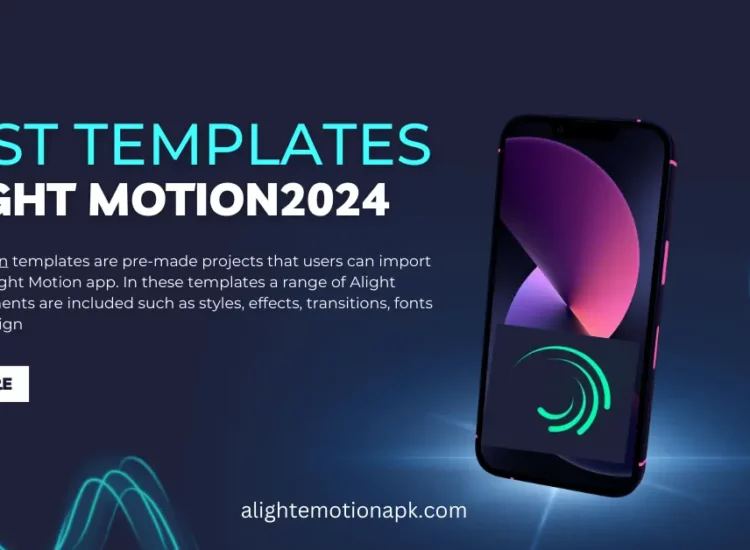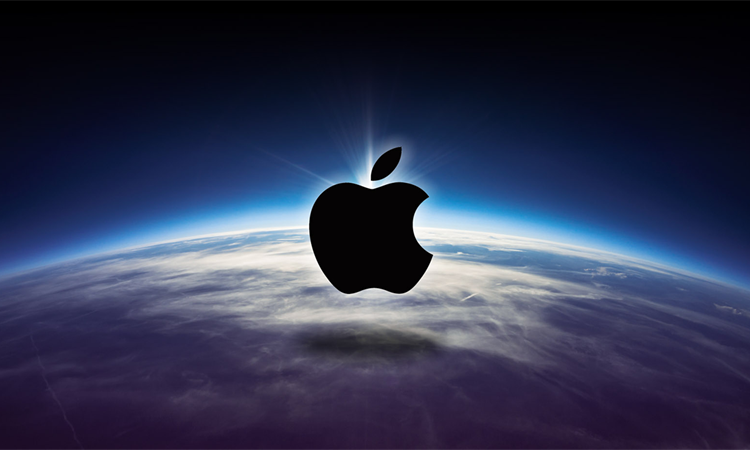The Samsung Galaxy S7 and S7 Edge, launched in 2016, were flagship smartphones that further refined Samsung’s design language and cemented their position as a major player in the Android market. Building upon the success of the S6 series, the S7 and S7 Edge addressed some of the previous generation’s shortcomings while introducing new features and improvements. This in-depth analysis will explore the specifications, features, design, performance, camera capabilities, software, and overall impact of the Samsung Galaxy S7 and S7 Edge.

I. Design and Display: Refining the Premium Aesthetic:
- Premium Build: Both the S7 and S7 Edge continued the “glass sandwich” design introduced with the S6, featuring a metal frame sandwiched between two layers of Corning Gorilla Glass. This gave the phones a premium look and feel.
- Ergonomics and Comfort: Samsung refined the design for improved ergonomics. The S7 had a more traditional, flat display, while the S7 Edge featured curved edges on both sides of the screen. The curved edges not only looked visually appealing but also made the phone feel narrower and easier to hold, despite the larger screen size.
- Display Technology: Both models boasted Super AMOLED displays, known for their vibrant colors, deep blacks, and excellent contrast. The S7 had a 5.1-inch display, while the S7 Edge featured a larger 5.5-inch display. Both had a Quad HD resolution (2560 x 1440 pixels), resulting in sharp and detailed images.
- Always-On Display: A new feature introduced with the S7 series was the Always-On Display (AOD). This allowed the phone to display basic information like the time, date, and notifications even when the screen was off, consuming minimal battery power.
II. Performance and Hardware: Powerful Internals:
- Processors: The S7 and S7 Edge were powered by either the Qualcomm Snapdragon 820 or the Exynos 8890, depending on the region. Both were powerful processors built on a 14nm process, offering significant performance improvements over the previous generation.
- RAM and Storage: Both phones came with 4GB of RAM, which was ample for smooth multitasking at the time. They also offered 32GB or 64GB of internal storage, expandable via a microSD card slot—a feature that was missing from the S6 and was welcomed by many users.
- Battery Life: The S7 had a 3,000mAh battery, while the S7 Edge had a larger 3,600mAh battery. Combined with software optimizations and power-efficient processors, both phones offered respectable battery life. Fast charging and wireless charging were also supported.
- Water and Dust Resistance (IP68): A key improvement over the S6 was the return of water and dust resistance, with an IP68 rating. This meant the phones could withstand submersion in up to 1.5 meters of water for 30 minutes, providing peace of mind for users.
- Other Features: Other notable hardware features included a fingerprint sensor (integrated into the home button), a heart rate sensor, and a 3.5mm headphone jack.
III. Camera: Low-Light Photography Excellence:

Related articles 01:
1. https://doksannews.com/samsung-galaxy-s24-ultra-a-deep-dive-into-2025s-android-titan
2. https://doksannews.com/older-versions-of-alight-motion-apk
3. https://doksannews.com/toi-uu-thiet-bi-mot-click-khong-can-unlock-bootloader
4. https://doksannews.com/xiaomi-poco-m6-pro-redefining-the-budget-smartphone-landscape
- Rear Camera: The S7 and S7 Edge featured a 12-megapixel rear camera with larger 1.4µm pixels and a wider f/1.7 aperture. This combination allowed the camera to capture significantly more light, resulting in much improved low-light performance compared to the S6.
- Dual Pixel Autofocus: The phones also introduced Dual Pixel autofocus technology, which provided incredibly fast and accurate autofocus, even in challenging lighting conditions.
- Front Camera: The front-facing camera was a 5-megapixel sensor with an f/1.7 aperture, also improved for better low-light selfies.
IV. Software and Features: TouchWiz Refined:
- Android OS: The S7 and S7 Edge launched with Android 6.0 Marshmallow with Samsung’s TouchWiz user interface on top. TouchWiz had been significantly streamlined and optimized compared to previous versions, offering a smoother and more user-friendly experience.
- Game Launcher and Game Tools: Samsung introduced Game Launcher and Game Tools, which provided features like game optimization, Do Not Disturb mode during gaming, and screen recording.
- Edge Panels (S7 Edge Only): The S7 Edge’s curved edges offered additional functionality through Edge Panels, providing quick access to contacts, apps, and other information.
V. Reception and Sales:
The Samsung Galaxy S7 and S7 Edge were widely praised by critics and consumers alike. They were commercially successful, further solidifying Samsung’s position as a leading smartphone manufacturer. The improved camera, water resistance, and return of the microSD card slot were particularly well-received.
VI. Key Specifications Comparison:
| Feature | Galaxy S7 | Galaxy S7 Edge |
|---|---|---|
| Display | 5.1-inch | 5.5-inch |
| Resolution | 2560×1440 | 2560×1440 |
| Battery | 3,000mAh | 3,600mAh |
| Dimensions | 142.4 x 69.6 x 7.9 mm | 150.9 x 72.6 x 7.7 mm |
| Weight | 152g | 157g |
VII. Legacy and Impact:
The S7 and S7 Edge were important devices for Samsung. They refined the design language introduced with the S6, addressed user concerns, and further improved camera performance. The S7 Edge, in particular, showcased the potential of curved displays and influenced smartphone design trends for years to come.
VIII. The S7 and S7 Edge in the Context of 2025 (and beyond):
Related articles 02:
1. https://doksannews.com/oppo-a77s-a-comprehensive-review-specs-features-and-more-2025
2. https://doksannews.com/latest-technology-on-iphone-16-promax
3. https://doksannews.com/toi-uu-thiet-bi-mot-click-khong-can-unlock-bootloader
4. https://doksannews.com/ximi-tool-v8-6-0
5. https://doksannews.com/alight-motion-mod-apk-5-0-229-download-edit-and-animate-210mb
While significantly older devices compared to current smartphones, the S7 and S7 Edge still hold some historical and practical value:
- Affordability for Basic Use: Due to their age, used S7 and S7 Edge units can be found at very low prices, making them suitable for basic communication, browsing, and casual use.
- Historical Significance: They represent a key moment in smartphone design, showcasing the evolution of Samsung’s flagship devices.
However, there are important limitations:
- Outdated Software: The phones no longer receive official software updates, meaning they are running on older, potentially insecure versions of Android. This is the biggest drawback.
- Limited Performance for Modern Apps: While they were powerful for their time, the hardware is no longer capable of handling demanding modern apps and games smoothly.
- Camera Compared to Modern Standards: While the camera was excellent in 2016, modern smartphone cameras have significantly surpassed its capabilities, particularly in low-light photography, zoom, and video recording.
- Battery Degradation: Batteries degrade over time, so used units are likely to have significantly reduced battery life compared to when they were new.
IX. Conclusion:
The Samsung Galaxy S7 and S7 Edge were landmark smartphones that played a crucial role in shaping the smartphone landscape. Their innovative design, powerful performance, and excellent camera capabilities made them highly desirable devices in their time. While they are no longer suitable for users demanding the latest features and performance, they serve as a reminder of Samsung’s innovative spirit and their contribution to mobile technology. They also can be viable options for users needing a basic, very affordable device for simple tasks.








